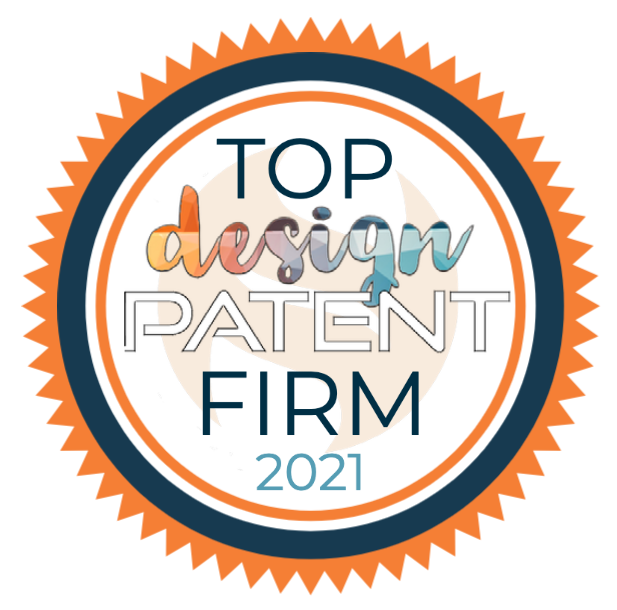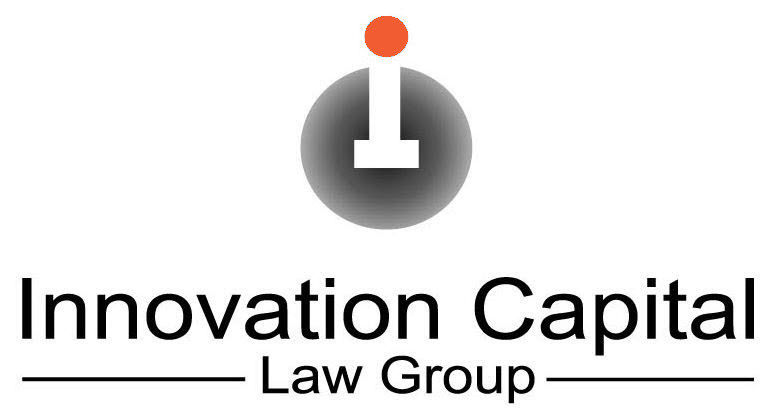Strategies for Obtaining Medical Device Patents
Patenting medical devices can be particularly challenging given the crowded prior art. To be successful, you will need to navigate around the patent landscape. It is critical that you understand the difference between patentability and infringement. Remember, obtaining medical device patents will not necessarily guarantee you the right to make and sell your medical products.
Need to patent your medical device? Contact patent and trademark attorney Vic Lin at vlin@icaplaw.com or call (949) 223-9623 to see how we can help you file and obtain utility patents for your medical devices.
Should you conduct a prior art search?
Where should the patenting process begin for medical devices? A novelty search would be a good place to start. Expect the prior art of medical device patents to be crowded. When a particular industry has a greater chance of making money, as is the case with medical devices, expect more patent filings.
So what are we looking for in the prior art? It depends on whether we are searching for purposes of determining patentability or infringement, or both. A novelty search, also known as a patentability search, will cost less and provide guidance on whether or not your medical device might be patentable. A Freedom-To-Operate (FTO) search will cost substantially more and assess the risks of patent infringement.
How We Draft Medical Device Patent Applications
Let’s assume the patentability search results for your medical device look promising. No close prior art references were found that would have discouraged you from applying. So you are now ready to file a utility nonprovisional patent application on your medical device concept. Perhaps you have filed one or more provisional applications which you are now ready to convert into a nonprovisional application.
Patent practitioners each have their own way of drafting a patent application. We prefer to start with drafting claims before writing the detailed description. Even before drafting claims, we might prepare claim outlines that start with core features. Under each core feature, we may include subsets of features. Our outlines may also include secondary features. A good claim outline provides a helpful structural framework for writing the actual claims. The outline is the backbone, and drafting claims is like putting meat on the bones.
The detailed description will contain all the gory details of the concept. Certain details may seem narrow and unnecessary, but we tend to include them in the specification nonetheless. You never know when you may need to claim a seemingly minor detail in order to overcome a prior art rejection.
Apparatus or Method Claims, or Both?
Medical devices lend themselves to both apparatus and method claims. While it may make sense to pursue both types of claims, you should confer with your patent professional on whether you want to include both apparatus and method claims in the same application, which can invite a Restriction Requirement.
You can also file multiple patent applications concurrently, with each application containing the same omnibus specification but different claims.
Nuances in Claim Language: Be Wary of Concessions
Claim amendments are almost inevitable. The challenge is to amend the claims in such a way that you do not overly narrow the scope. Otherwise, you may open a noninfringement door for your competitors.
So how do you revise claim language without conceding too much? You must have one eye on the prior art and the other eye on competitors’ devices. For example, if an independent claim will be amended from ABC to ABCD, consider whether competing devices will include ABCD.
Expect to Respond to Office Actions (plural)
So we know the prior art is replete with medical device patents, and chances are that many of those prior art references will be cited in an Office Action rejecting your application. When it comes to medical device patent applications, it would be wise to hope for the best, but expect the worst.
In other words, hope for an early allowance, but expect multiple Office Actions rejections.
How We Try to Reduce Office Actions
Medical device patent applicants may be encouraged to know that some measures can be taken to reduce the number of Office Actions. As mentioned above, a patentability search conducted prior to filing may avoid overly broad claims in the initial filing. By narrowing the scope of the original claims to gain a more realistic chance of acceptance, you also force the patent examiner to find closer prior art.
While the first Office Action is almost inevitable, subsequent Office Actions may be avoided or minimized by conducting an Examiner Interview to discuss the cited prior art and proposed claim amendments. It helps when your patent team includes a former USPTO patent examiner who can speak their language and gain rapport.
File Child Applications
Filing continuations is a wise strategy for protecting medical devices. Competitors are constantly checking each other’s IP and exploring any potential design-around products.
By filing a child application, you give yourself the opportunity to capture future modified products by competitors.
Need a medical device patent?
Call US patent attorney Vic Lin at (949) 223-9623 or email vlin@icaplaw.com to see how we can help you secure your medical device patent.


